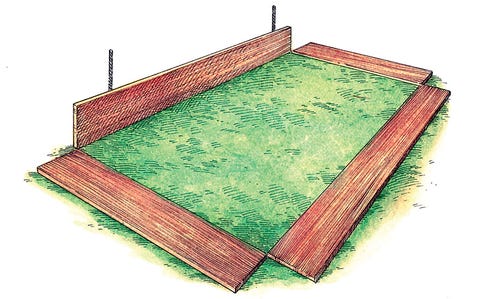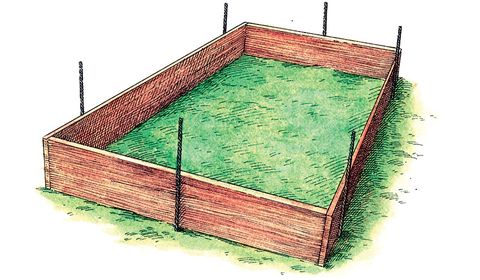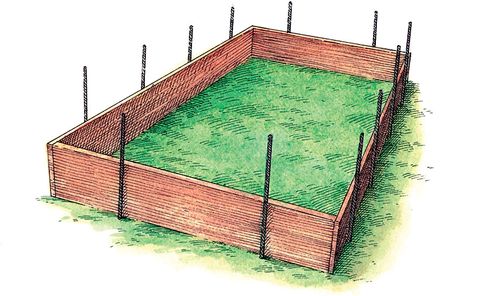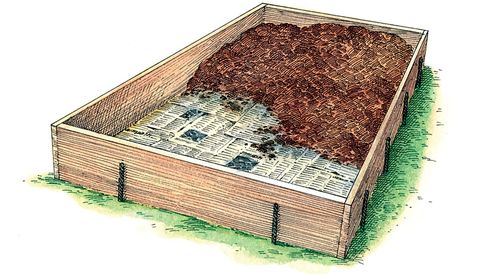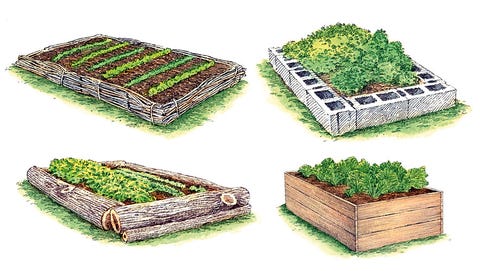How To Make A Raised Flower Bed
Posted by Dillon O Callaghan on
There are a whole lot of reasons to build raised vegetable gardens — the kind that sit above ground within a frame made of wood or other material. If your land has sandy, clay-like, or hard-packed soil (or if you don’t know and don’t give a hoot about the difference), you can provide perfect conditions for whatever you’re keen on growing.
Plants are lifted out of the way of rowdy pets and little ones, and your soil warms up earlier and stays that way longer, extending the growing season and providing gentler conditions for new seeds and delicate transplants. Fruits, veggies, and ornamentals will send their roots deeper in search of water, which means a stronger foundation and improved health. And raised beds keep your space tidy. Best of all, they couldn’t be easier to make. Especially if you’re getting into growing for the first time, you’re going to want some beds of your own.
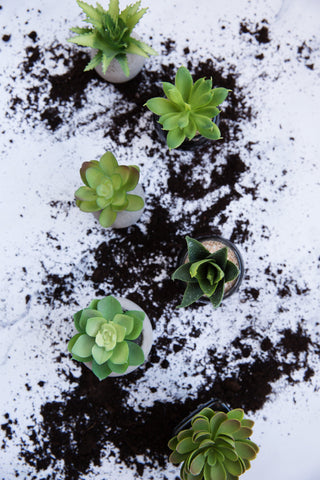
The beauty of this particular raised bed build is that it is cheap and easy to build. The wood and rebar will cost you no more than $50 if you're using untreated pine planks, and the entire build can be completed in less than an hour's time. The untreated pine might only last five to 10 years, but due to the nature of this build, each board is easily replaceable without taking apart the entire bed. For a 4-by-8-foot bed, you’ll need: • Two 2-by-12 planks, each 8 feet long • Two 2-by-12 planks, each 4 feet long • 12 pieces of rebar, each 2 feet long • A rubber mallet • Newspaper or cardboard • Soil to fill the finished frame 1. Position your boards. building a rebar raised bed on a level section of ground, lay the boards down with their inner corners touching. Stand one long board on its side, and, using a rubber mallet, hammer two pieces of rebar 1 foot from each corner, a few inches deep into the ground.
For a 4-by-8-foot bed, you’ll need:
• Two 2-by-12 planks, each 8 feet long
• Two 2-by-12 planks, each 4 feet long
• 12 pieces of rebar, each 2 feet long
• A rubber mallet
• Newspaper or cardboard
• Soil to fill the finished frame
Share this post
- Tags: Cuprinol, DIY, galway, homevalue, t.o'higgins

